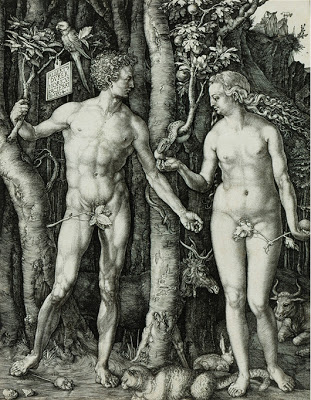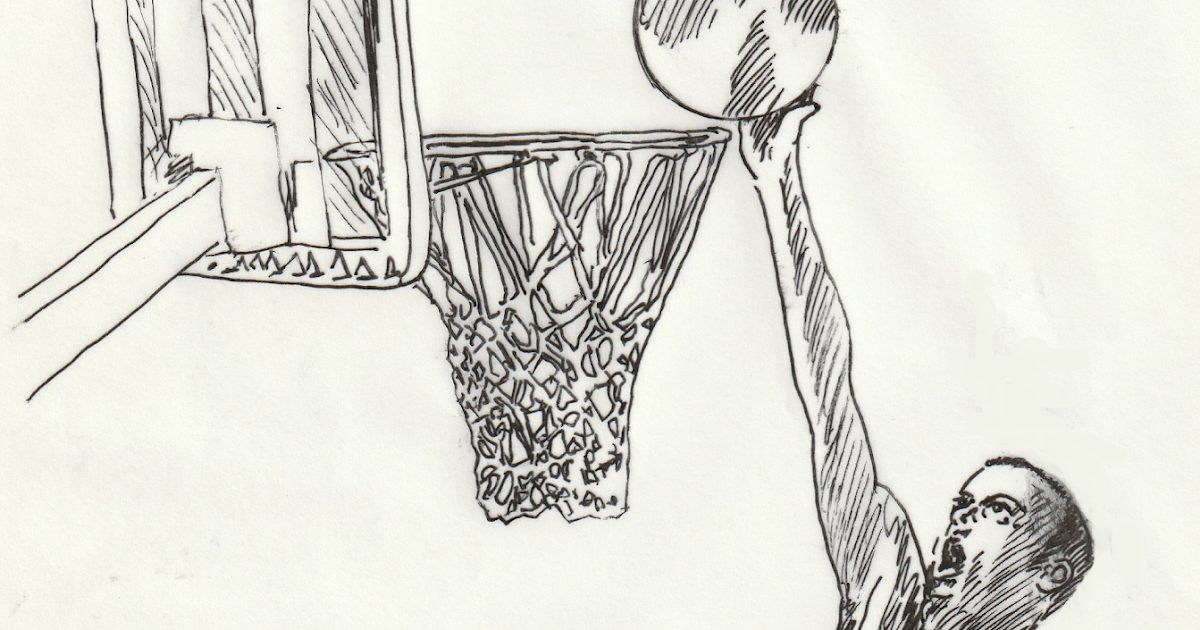From Sept. 13 to Dec. 31, 2006, the Detroit Institute of Arts (DIA) presented an exhibition near and dear to my heart, The Big Three in Printmaking: Dürer, Rembrandt and Picasso. With 90 prints in a variety of media (including etchings, woodcuts, engravings and lithograph), the exhibition focused on three Western artists who were so solid in their ability to draw they pushed the boundaries of human achievement in printmaking during their lifetimes as well.
My first exposure to the gallery world was in working with a space that focused on works on paper, where I developed huge respect for printmaking and the skill and talent it takes to do them well. (My first “major” acquisition for my own collection was an engraving by Picasso, which holds place of pride in our house and [along with our passports] is the possession we’re supposed to grab on the way out the door in case of an evacuation due to fire.) DIA has some of the very best human accomplishments in printmaking in its collection, and this exhibition was a chance to focus the public’s attention on them.
From the show’s press release:
While a wide range of each artist’s prints will be included, three masterpieces stand out: Adam and Eve (1504) by Dürer; The Angel Appearing to the Shepherds (1634) by Rembrandt; and Torso of a Woman (1953) by Picasso. All three prints are exceptional on many levels and the artists meant them to be seen in that way.
Dürer’s Adam and Eve and Rembrandt’s The Angel Appearing to the Shepherds can be thought of to some degree as intended “show-off” pieces. In the prime of their careers, both Dürer and Rembrandt conceived these works partly to demonstrate their dazzling abilities to interpret and present well-known subjects and to do so with unmatched technical skill.
The technically complex Adam and Eve demonstrates Dürer’s amazing ability to distinguish flesh, fur, foliage, and other elements with just the strength of his hand as he cut the image into the metal plate from which the prints were made. Additionally, Dürer intentionally loaded Adam and Eve with symbolic references to call attention to his intellectual prowess.
Rembrandt’s The Angel Appearing to the Shepherds represents the ultimate in ability to handle the demands and possibilities of etching. Its complexity is heightened by the fact that Rembrandt took on the added challenges of depicting the darkness of night (very difficult to do in an etching), and conveying high emotion and dramatic action.Picasso’s Torso of a Woman is likewise a “signature” statement meant to be bold, beautiful, and indicative of the artist’s best. It is done in the Cubist style, of which Picasso was among the major innovators. This print is a pure aquatint, a type of etching in which broad areas of tone can be achieved by using an acid instead of a tool to create hollows in the metal plate. Like the Dürer and the Rembrandt, it is a brilliant display of printmaking skill that deserves to be called an outstanding masterwork.
 |
| OK, so DIA doesn’t include an image of the Picasso aquatint mentioned in the press release on their website, so I’m sort of only guessing that this one from 1953 (titled “Torso of a woman”) is the one in their collection. I think it’s a good guess. This image is from the catalog of another exhibition on Picasso’s printmaking in Prague this year. Catalog here. |
A Day for Detroit (#DayDetroit) is an effort to spotlight the collections at the Detroit Institute of Arts that would be lost if the threatened sale of art in collections at the DIA are sold. All day long Modern Art Notes and many other sites will be spotlight art from the DIA’s collection. As Tyler Green notes, the best way to support DIA is to become a member of the Detroit Institute of Arts.
Dürer’s Adam and Eve and Rembrandt’s The Angel Appearing to the Shepherds can be thought of to some degree as intended “show-off” pieces. In the prime of their careers, both Dürer and Rembrandt conceived these works partly to demonstrate their dazzling abilities to interpret and present well-known subjects and to do so with unmatched technical skill.
The technically complex Adam and Eve demonstrates Dürer’s amazing ability to distinguish flesh, fur, foliage, and other elements with just the strength of his hand as he cut the image into the metal plate from which the prints were made. Additionally, Dürer intentionally loaded Adam and Eve with symbolic references to call attention to his intellectual prowess.
Rembrandt’s The Angel Appearing to the Shepherds represents the ultimate in ability to handle the demands and possibilities of etching. Its complexity is heightened by the fact that Rembrandt took on the added challenges of depicting the darkness of night (very difficult to do in an etching), and conveying high emotion and dramatic action.
Picasso’s Torso of a Woman is likewise a “signature” statement meant to be bold, beautiful, and indicative of the artist’s best. It is done in the Cubist style, of which Picasso was among the major innovators. This print is a pure aquatint, a type of etching in which broad areas of tone can be achieved by using an acid instead of a tool to create hollows in the metal plate. Like the Dürer and the Rembrandt, it is a brilliant display of printmaking skill that deserves to be called an outstanding masterwork.
– See more at: http://www.dia.org/news/304/Detroit-s-Other-Big-Three–D{8cf42eee1263fb36ad60c6660cad5304004dad224debe245ba4d38f99dbf0948}C3{8cf42eee1263fb36ad60c6660cad5304004dad224debe245ba4d38f99dbf0948}BCrer,-Rembrandt,-and-Picasso.aspx#sthash.O4Rdysxu.dpuf
Dürer’s Adam and Eve and Rembrandt’s The Angel Appearing to the Shepherds can be thought of to some degree as intended “show-off” pieces. In the prime of their careers, both Dürer and Rembrandt conceived these works partly to demonstrate their dazzling abilities to interpret and present well-known subjects and to do so with unmatched technical skill.
The technically complex Adam and Eve demonstrates Dürer’s amazing ability to distinguish flesh, fur, foliage, and other elements with just the strength of his hand as he cut the image into the metal plate from which the prints were made. Additionally, Dürer intentionally loaded Adam and Eve with symbolic references to call attention to his intellectual prowess.
Rembrandt’s The Angel Appearing to the Shepherds represents the ultimate in ability to handle the demands and possibilities of etching. Its complexity is heightened by the fact that Rembrandt took on the added challenges of depicting the darkness of night (very difficult to do in an etching), and conveying high emotion and dramatic action.
Picasso’s Torso of a Woman is likewise a “signature” statement meant to be bold, beautiful, and indicative of the artist’s best. It is done in the Cubist style, of which Picasso was among the major innovators. This print is a pure aquatint, a type of etching in which broad areas of tone can be achieved by using an acid instead of a tool to create hollows in the metal plate. Like the Dürer and the Rembrandt, it is a brilliant display of printmaking skill that deserves to be called an outstanding masterwork.
– See more at: http://www.dia.org/news/304/Detroit-s-Other-Big-Three–D{8cf42eee1263fb36ad60c6660cad5304004dad224debe245ba4d38f99dbf0948}C3{8cf42eee1263fb36ad60c6660cad5304004dad224debe245ba4d38f99dbf0948}BCrer,-Rembrandt,-and-Picasso.aspx#sthash.O4Rdysxu.dpuf
– See more at: http://www.dia.org/object-info/90633960-e871-40be-9765-acbd1dd3f521.aspx?position=1#sthash.9T0zTofc.dpuf
SOURCE: edward_ winkleman – Read entire story here.





